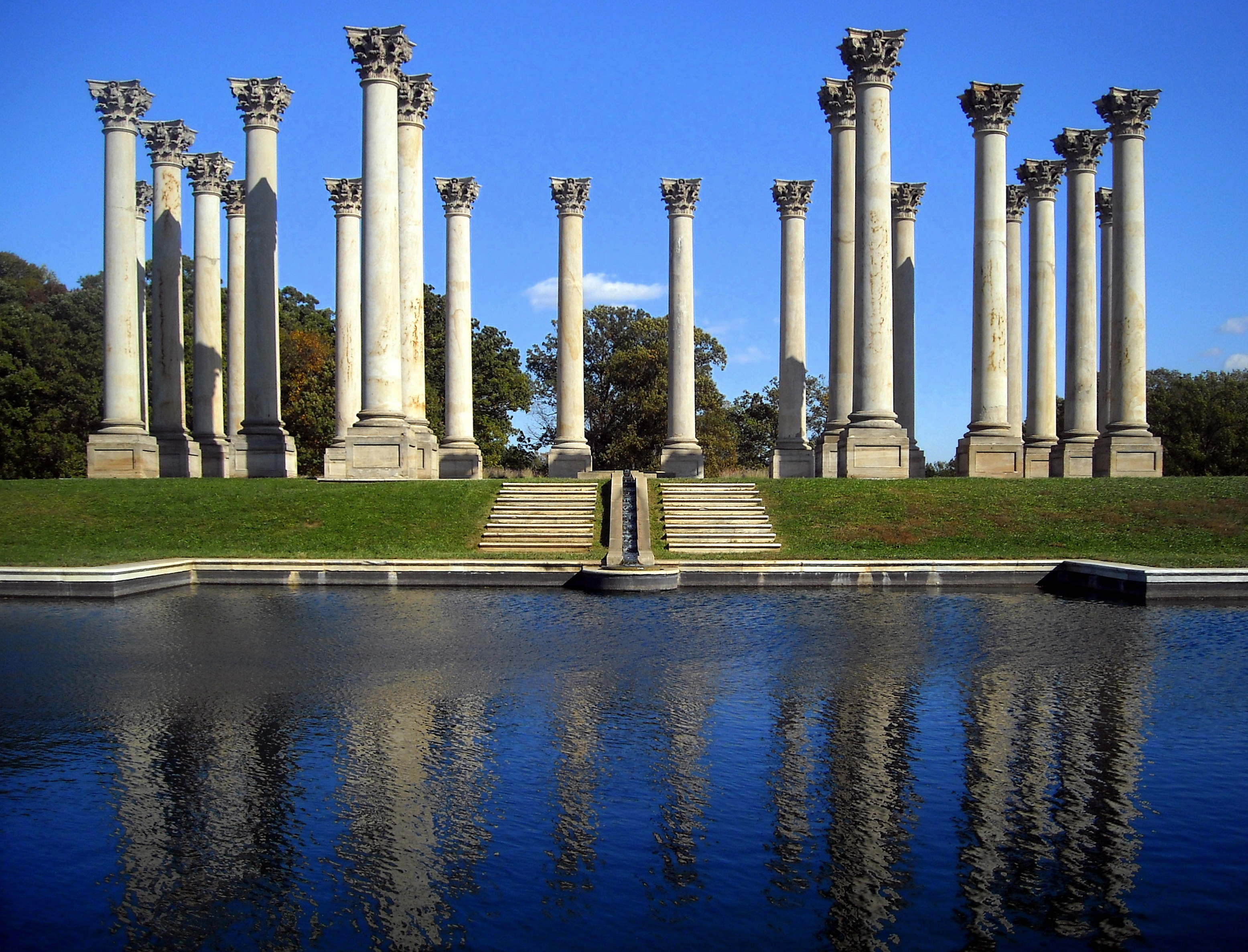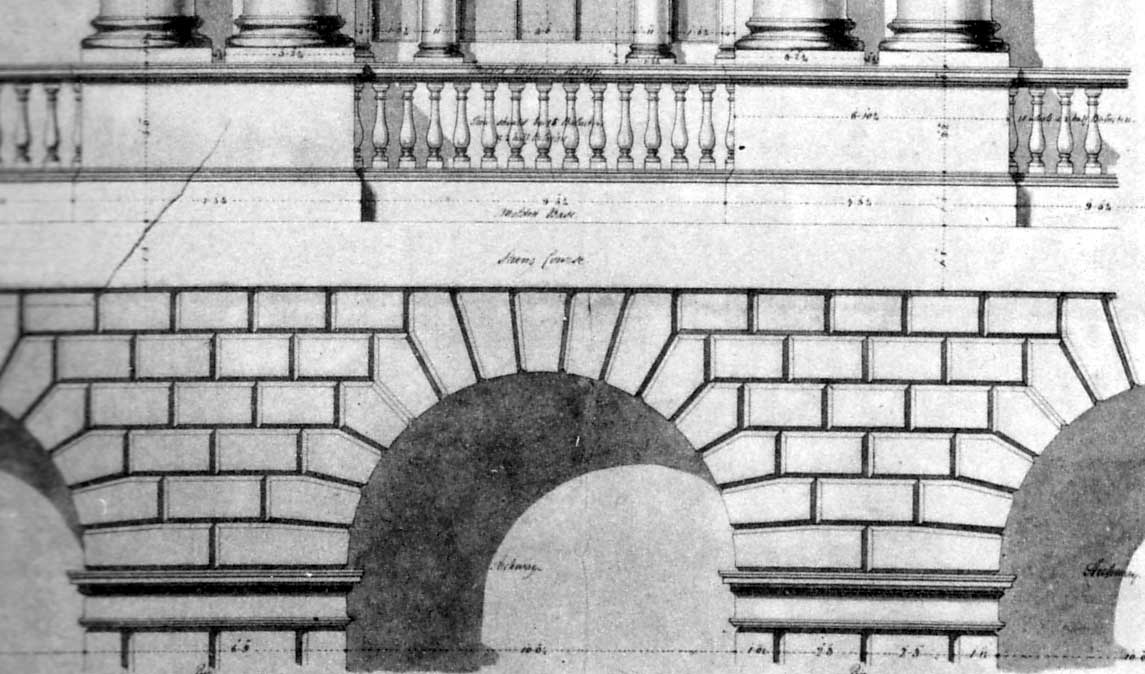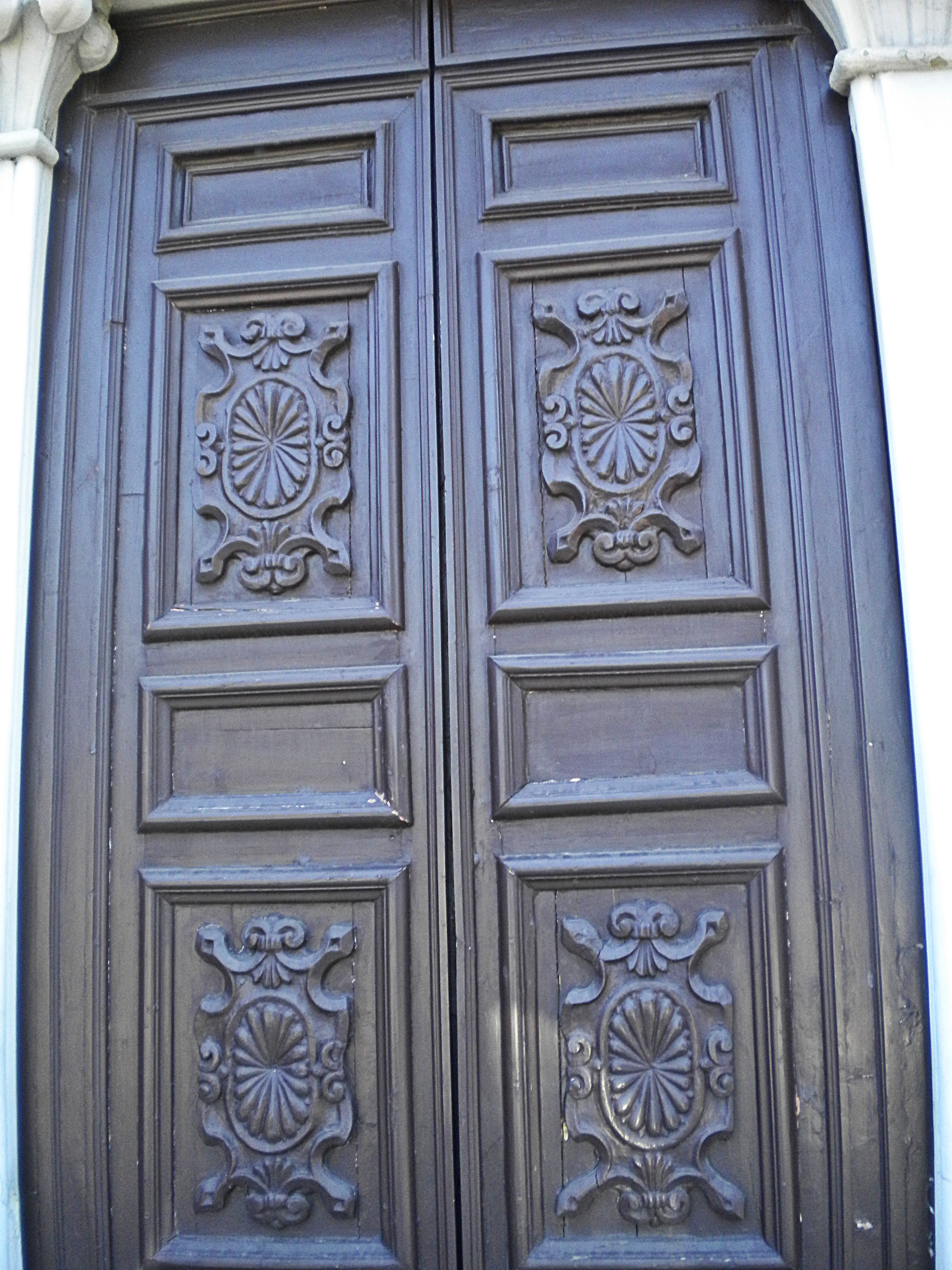|
Thomas Dixon Centre
Thomas Dixon Centre is a heritage-listed former factory and now a venue for the performing arts at 406 Montague Road, West End, Queensland, Australia. It was built in 1908. It is also known as Dixon's Shoe Centre and T C Dixon & Sons. It was added to the Queensland Heritage Register on 5 October 1998. History The Thomas Dixon Centre was constructed in 1908 as premises for the expanding business of Thomas Dixon, bootmaker and tanner. A substantial two-storey brick building, it was designed by Richard Gailey Architects. In 1869, encouraged by his brother who was already residing in Brisbane, Thomas Coar Dixon relocated from New South Wales, where he had established a small tannery, to Brisbane. Shortly after his arrival, Dixon established a tannery at West End, which was expanded in 1878 to incorporate a boot and shoe manufacturing business, with equipment, machinery and lasts brought by Dixon from Sydney. Tanneries and boot and shoe manufacturing were among the earliest est ... [...More Info...] [...Related Items...] OR: [Wikipedia] [Google] [Baidu] |
West End, Queensland
West End is an inner southern suburb in the City of Brisbane, Queensland, Australia. In the , West End had a population of 9,474 people. The Aboriginal name for the area is ''Kurilpa'', which means ''place of the water rat''. Geography Geographically, West End is bounded by the median of the Brisbane River to the west and the south. Hill End is a neighbourhood () within West End in the south-west of the suburb near the Brisbane River. West End is adjacent to the suburbs of South Brisbane and Highgate Hill. These three suburbs make up a peninsula of the Brisbane River. History Before the arrival of Europeans in West End, there was an important habitual Aboriginal camp in the area around the upper part of Musgrave Park where Brisbane State High School now stands. Boundary Street in West End and in Spring Hill were named as along with Vulture Street and Wellington Road, they formed the original boundary of the Town of Brisbane. Later, when Brisbane grew out to these boundar ... [...More Info...] [...Related Items...] OR: [Wikipedia] [Google] [Baidu] |
Foundation (engineering)
In engineering, a foundation is the element of a structure which connects it to the ground, transferring loads from the structure to the ground. Foundations are generally considered either shallow or deep. Foundation engineering is the application of soil mechanics and rock mechanics (geotechnical engineering Geotechnical engineering is the branch of civil engineering concerned with the engineering behavior of earth materials. It uses the principles of soil mechanics and rock mechanics for the solution of its respective engineering problems. It a ...) in the design of foundation elements of structures. Purpose Foundations provide the structure's stability from the ground: * To distribute the weight of the structure over a large area in order to avoid overloading the underlying soil (possibly causing unequal settlement). * To anchor the structure against natural forces including earthquakes, floods, droughts, frost heaves, tornadoes and wind. * To provide a level su ... [...More Info...] [...Related Items...] OR: [Wikipedia] [Google] [Baidu] |
Industrial Buildings Completed In 1908
Industrial may refer to: Industry * Industrial archaeology, the study of the history of the industry * Industrial engineering, engineering dealing with the optimization of complex industrial processes or systems * Industrial city, a city dominated by one or more industries * Industrial loan company, a financial institution in the United States that lends money, and may be owned by non-financial institutions * Industrial organization, a field that builds on the theory of the firm by examining the structure and boundaries between firms and markets * Industrial Revolution, the development of industry in the 18th and 19th centuries * Industrial society, a society that has undergone industrialization * Industrial technology, a broad field that includes designing, building, optimizing, managing and operating industrial equipment, and predesignated as acceptable for industrial uses, like factories * Industrial video, a video that targets “industry” as its primary audience * Industria ... [...More Info...] [...Related Items...] OR: [Wikipedia] [Google] [Baidu] |
Articles Incorporating Text From The Queensland Heritage Register
Article often refers to: * Article (grammar), a grammatical element used to indicate definiteness or indefiniteness * Article (publishing), a piece of nonfictional prose that is an independent part of a publication Article may also refer to: Government and law * Article (European Union), articles of treaties of the European Union * Articles of association, the regulations governing a company, used in India, the UK and other countries * Articles of clerkship, the contract accepted to become an articled clerk * Articles of Confederation, the predecessor to the current United States Constitution * Article of Impeachment, a formal document and charge used for impeachment in the United States * Articles of incorporation, for corporations, U.S. equivalent of articles of association * Articles of organization, for limited liability organizations, a U.S. equivalent of articles of association Other uses * Article, an HTML element, delimited by the tags and * Article of clothing, a ... [...More Info...] [...Related Items...] OR: [Wikipedia] [Google] [Baidu] |
Industrial Buildings In Queensland
Industrial may refer to: Industry * Industrial archaeology, the study of the history of the industry * Industrial engineering, engineering dealing with the optimization of complex industrial processes or systems * Industrial city, a city dominated by one or more industries * Industrial loan company, a financial institution in the United States that lends money, and may be owned by non-financial institutions * Industrial organization, a field that builds on the theory of the firm by examining the structure and boundaries between firms and markets * Industrial Revolution, the development of industry in the 18th and 19th centuries * Industrial society, a society that has undergone industrialization * Industrial technology, a broad field that includes designing, building, optimizing, managing and operating industrial equipment, and predesignated as acceptable for industrial uses, like factories * Industrial video, a video that targets “industry” as its primary audience * Industria ... [...More Info...] [...Related Items...] OR: [Wikipedia] [Google] [Baidu] |
Column
A column or pillar in architecture and structural engineering is a structural element that transmits, through compression, the weight of the structure above to other structural elements below. In other words, a column is a compression member. The term ''column'' applies especially to a large round support (the shaft of the column) with a capital and a base or pedestal, which is made of stone, or appearing to be so. A small wooden or metal support is typically called a '' post''. Supports with a rectangular or other non-round section are usually called '' piers''. For the purpose of wind or earthquake engineering, columns may be designed to resist lateral forces. Other compression members are often termed "columns" because of the similar stress conditions. Columns are frequently used to support beams or arches on which the upper parts of walls or ceilings rest. In architecture, "column" refers to such a structural element that also has certain proportional and decorative f ... [...More Info...] [...Related Items...] OR: [Wikipedia] [Google] [Baidu] |
Span (architecture)
Span is the distance between two intermediate supports for a structure, e.g. a beam or a bridge. A span can be closed by a solid beam or by a rope. The first kind is used for bridges, the second one for power lines, overhead telecommunication lines, some type of antennas or for aerial tramway An aerial tramway, sky tram, cable car, ropeway, aerial tram, telepherique, or seilbahn is a type of aerial lift which uses one or two stationary ropes for support while a third moving rope provides propulsion. With this form of lift, the grip ...s. The span is a significant factor in finding the strength and size of a beam as it determines the maximum bending moment and deflection. The maximum bending moment M_ and deflection \delta_in the pictured beam is found using: :M_ = \frac :\delta_ = \frac = \frac where :q = Uniformly distributed load :L = Length of the beam between two supports (span) :E = Modulus of elasticity :I = Area moment of inertia Note that the maximum ... [...More Info...] [...Related Items...] OR: [Wikipedia] [Google] [Baidu] |
Trusses
A truss is an assembly of ''members'' such as beams, connected by ''nodes'', that creates a rigid structure. In engineering, a truss is a structure that "consists of two-force members only, where the members are organized so that the assemblage as a whole behaves as a single object". A "two-force member" is a structural component where force is applied to only two points. Although this rigorous definition allows the members to have any shape connected in any stable configuration, trusses typically comprise five or more triangular units constructed with straight members whose ends are connected at joints referred to as '' nodes''. In this typical context, external forces and reactions to those forces are considered to act only at the nodes and result in forces in the members that are either tensile or compressive. For straight members, moments (torques) are explicitly excluded because, and only because, all the joints in a truss are treated as revolutes, as is necessary f ... [...More Info...] [...Related Items...] OR: [Wikipedia] [Google] [Baidu] |
King Post
A king post (or king-post or kingpost) is a central vertical post used in architectural or bridge designs, working in tension to support a beam below from a truss apex above (whereas a crown post, though visually similar, supports items above from the beam below). In aircraft design a strut called a king post acts in compression, similarly to an architectural crown post. Usage in mechanical plant and marine engineering differs again, as noted below. Architecture A king post extends vertically from a crossbeam (the tie beam) to the apex of a triangular truss. The king post, itself in tension, connects the apex of the truss with its base, holding up the tie beam (also in tension) at the base of the truss. The post can be replaced with an iron rod called a king rod (or king bolt) and thus a king rod truss. The king post truss is also called a "Latin truss". In traditional timber framing, a crown post looks similar to a king post, but it is very different structurally: wh ... [...More Info...] [...Related Items...] OR: [Wikipedia] [Google] [Baidu] |
Gibbs Surround
A Gibbs surround or Gibbs Surround is a type of architectural frame surrounding a door, window or niche in the tradition of classical architecture otherwise known as a rusticated doorway or window. The formula is not fixed, but several of the following elements will be found. The door is surrounded by an architrave, or perhaps consists of, or is flanked by, pilasters or columns. These are with "blocking", where rectangular blocks stick out at intervals, usually alternating to represent half the surround. Above the opening there are large rusticated voussoirs and a keystone and a pediment above that.Loth The most essential element is the alternation of blocking with non-blocking elements. Some definitions extend to including arches or square openings merely with alternate blocked elements that continue round the top in the same manner as the sides, as in the rectangular windows of the White House's north front basement level. Though intended for masonry in stone, the ... [...More Info...] [...Related Items...] OR: [Wikipedia] [Google] [Baidu] |
Voussoirs
A voussoir () is a wedge-shaped element, typically a stone, which is used in building an arch or vault. Although each unit in an arch or vault is a voussoir, two units are of distinct functional importance: the keystone and the springer. The keystone is the centre stone or masonry unit at the apex of an arch. The springer is the lowest voussoir on each side, located where the curve of the arch springs from the vertical support or abutment of the wall or pier. The keystone is often decorated or enlarged. An enlarged and sometimes slightly dropped keystone is often found in Mannerist arches of the 16th century, beginning with the works of Giulio Romano, who also began the fashion for using voussoirs above rectangular openings, rather than a lintel (Palazzo Stati Maccarani, Rome, circa 1522). The word is a stonemason's term borrowed in Middle English from French verbs connoting a "turn" ('' OED''). Each wedge-shaped voussoir ''turns aside'' the thrust of the mass above, t ... [...More Info...] [...Related Items...] OR: [Wikipedia] [Google] [Baidu] |
Bolection
A bolection is a decorative moulding which projects beyond the face of a panel or frame in raised panel walls, doors, and fireplaces. It is commonly used when the meeting surfaces are at different levels, especially to hold floating panels in place while allowing them to expand and contract with changes in temperature and humidity. Also sometimes called balection or bilection, the term is of uncertain etymology and was first used in the early 18th century. Bolection was used to great effect by Christopher Wren Sir Christopher Wren PRS FRS (; – ) was one of the most highly acclaimed English architects in history, as well as an anatomist, astronomer, geometer, and mathematician-physicist. He was accorded responsibility for rebuilding 52 churc .... Bolection mouldings are usually rabbeted on their underside to the depth of the lower element, but attached to the upper (when panels are allowed to float) or both (when merely decorative). Bolection mouldings were also ... [...More Info...] [...Related Items...] OR: [Wikipedia] [Google] [Baidu] |







